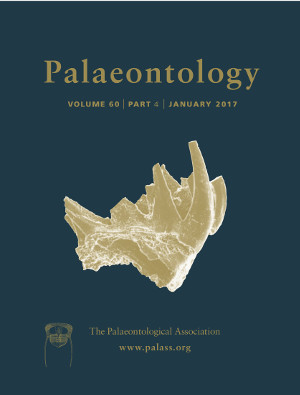Reg. Charity No. 1168330

Energy saving mechanisms in nature allow following organisms to expend less energy than leaders. Queues, or ordered rows of individuals, may form when organisms exploit the available energy saving mechanism while travelling at near‐maximal sustainable metabolic capacities; compact clusters form when group members travel well below maximal sustainable metabolic capacities. The group size range, given here as the ratio of the difference between the size of the largest and smallest group members, and the size of the largest member (as a percentage), has been hypothesized to correspond proportionately to the energy saving quantity because weaker, smaller, individuals sustain the speeds of stronger, larger, individuals by exploiting the energy saving mechanism (as a percentage). During migration, small individuals outside this range may perish, or form sub‐groups, or simply not participate in migratory behaviour. We approximate drag forces for leading and following individuals in queues of the late Devonian (c. 370 Ma) trilobite Trimerocephalus chopini. Applying data from literature on Rectisura herculea, a living crustacean, we approximate the hypothetical walking speed and maximal sustainable speeds for T. chopini. Our findings reasonably support the hypothesis that among the population of fossilized queues of T. chopini reported in the literature, trilobite size range was 75%, while the size range within queues was 63%; this corresponds reasonably with drag reductions in following positions that permit c. 61.5% energy saving for trilobites following others in optimal low‐drag positions. We model collective trilobite behaviour associated with hydrodynamic drafting.